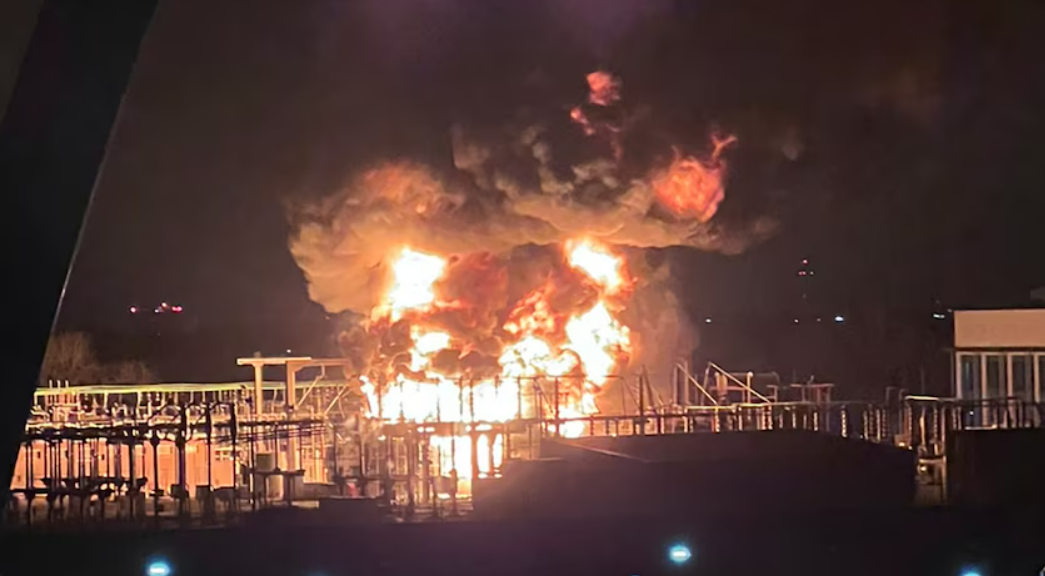UK – Heathrow substation fire linked to ignored fault from 2018, report finds
A fire at a National Grid substation that forced Heathrow Airport to close in March has been traced to a long-ignored technical fault first detected seven years ago, according to a new investigation.
The incident on March 21 plunged Europe’s busiest airport into chaos, halting more than 1,350 flights, stranding nearly 300,000 passengers, and cutting electricity to 67,000 homes. Airlines estimate the disruption cost them £80 million to £100 million. Heathrow Airport has confirmed it is weighing legal action against National Grid.
A final report by the National Energy System Operator (Neso) concluded that the blaze was “most likely” caused by moisture seeping into insulation around electrical wiring — an issue National Grid had discovered in 2018 but failed to fix properly.
Oil samples taken that year showed elevated moisture levels, but “appropriate actions” were never carried out, the report stated. A later review in 2022 found the site’s fire suppression systems were “inoperable,” and a fire risk assessment last July warned that a transformer fire would not be adequately contained. Although this led to a “high priority” order to fix the systems, the work was still unfinished when the fire broke out.
Forensic analysis by National Grid and the London Fire Brigade traced the blaze to a “catastrophic failure” of a high-voltage bushing — an insulating component inside the 57-year-old transformer.
Heathrow’s private power network needed hours to restart, even as two nearby substations stayed online. The airport remained shut for another seven hours after power was restored, meaning some flights were grounded for nearly 24 hours. Critical datacentres managed to stay online using backup generators.
In response to the findings, Ofgem, Britain’s energy regulator, has launched an investigation into whether National Grid failed to comply with its legal responsibilities to maintain its network. The regulator has also ordered an independent audit to determine whether the failings at the North Hyde substation are isolated or part of a wider problem.
Akshay Kaul, Ofgem’s infrastructure chief, called the fire “preventable” and said it underlined the need for proper upkeep of vital energy infrastructure. “We expect energy companies to maintain their equipment and networks to prevent events like this. Where there’s evidence they haven’t, we will hold them fully to account,” he said.
National Grid said it already has a comprehensive inspection and maintenance programme but has taken additional steps since the incident, including a full review of its oil monitoring procedures, stricter fire risk checks, and renewed testing of substations that support key services.
Neso’s 77-page report, which reviewed 900 pieces of evidence, highlighted that energy operators often do not know if customers connected to their systems are designated as critical national infrastructure (CNI). It also found there is no clear requirement for CNI operators to ensure operations continue during power disruptions.
Fintan Slye, Neso’s chief executive, acknowledged the disruption but praised how all parties handled the emergency once it unfolded.
Meanwhile, Heathrow’s chief executive, Thomas Woldbye, faced embarrassment for missing multiple emergency calls during the blackout. He admitted he “deeply regretted” being unreachable during the crisis.
UK energy secretary Ed Miliband called the report “deeply concerning” and said the government would urgently review its recommendations and publish a response.
Photo credit: Matthew Muirhead via AP. All rights reserved.


